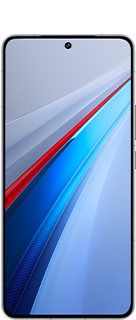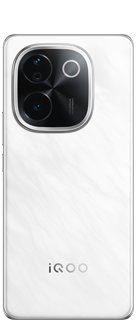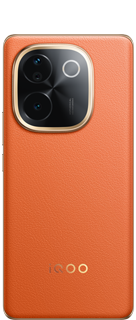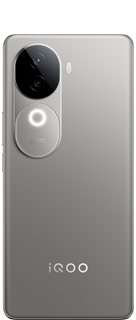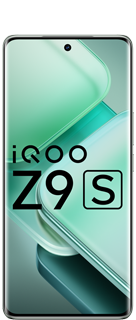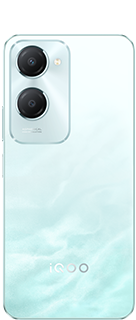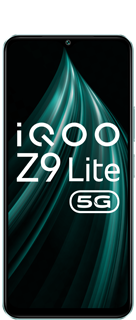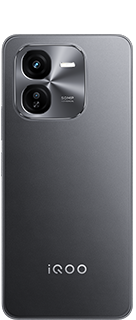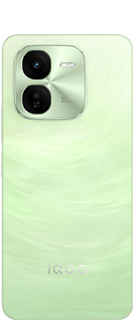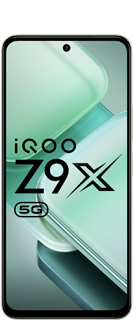4 ways FSR 4 gives DLSS 4 a run for its money

FSR 4 represents one of the biggest leaps in AMD's upscaler in ages. FSR 3 was nearly unusable due to a myriad of issues, such as blurring, shimmering, and handling of fine details. In contrast, FSR 4 is now highly competitive with Nvidia's DLSS 4, offering virtually the same performance and visual quality
1) The visual differences are slimmer than ever

The experience with FSR 4 couldn't be more different — almost all the deficiencies of FSR 3 have been eliminated, resulting in a vastly superior image and motion clarity. Even when compared to Nvidia's DLSS 4, which is still ahead, the differences aren't huge.
The DLSS 4 image is more stable and clear for now, but improvements in FSR 4 are sure to get rid of the minor differences between the two upscalers.
2) It offers the same performance uplift

While prior versions of FSR and DLSS weren't too far apart in terms of the percentage performance uplift either, this time, the gap has been reduced further. Coupled with the fact that FSR 4 now looks almost similar to DLSS 4 in most respects, this ensures that AMD can deliver a similar experience to the leading upscaler in the industry.

Whether you look at the Quality, Balanced, or Performance modes, FSR 4 and DLSS 4 are neck and neck
3) It is more accessible, thanks to RX 9000 GPUs

When you're getting essentially the same upscaling quality and performance from FSR 4 and DLSS 4, the next thing to consider is the price of entry.

FSR 4 is currently only available on two GPUs: RX 9070 XT and RX 9070. With the kind of 4K and 1440p performance these cards offer at $599 and $549 MSRPs, respectively, FSR 4 becomes much more attractive than DLSS 4. The RTX 5070 at $549 is pretty similar to the RX 9070, but the latter is still more impressive due to other factors.

The RTX 5070 struggles in some titles due to its 12GB VRAM, whereas the RX 9070 has 50% more VRAM at 16GB. This alone makes the AMD option the longer-lasting $549 GPU. VRAM usage in games is only set to increase, as seen in Indiana Jones and the Great Circle.
As more gamers are likely to consider the RX 9000 GPUs over the likes of the RTX 5070 and the pricier RTX 5070 Ti, FSR 4 adoption will steadily increase.
4) FSR 4 vs. FSR 3 is a bigger leap

DLSS 4 might have debuted a new transformer model for upscaling and the much-touted Multi Frame Generation feature, but compared to the jump from FSR 3 to FSR 4, it's only an evolutionary update.
Sure, the transformer model improves the image quality of DLSS upscaling, but the drastic improvements seen in FSR 4 are on a whole different level.
The low bar set by FSR 3 helps make this feat appear bigger, but AMD has truly kicked it out of the park with FSR 4.
Source - XDA
Signing off
@iQOO Connect@JStreetS@NITIN@Parakram Hazarika

Please sign in
Login and share











